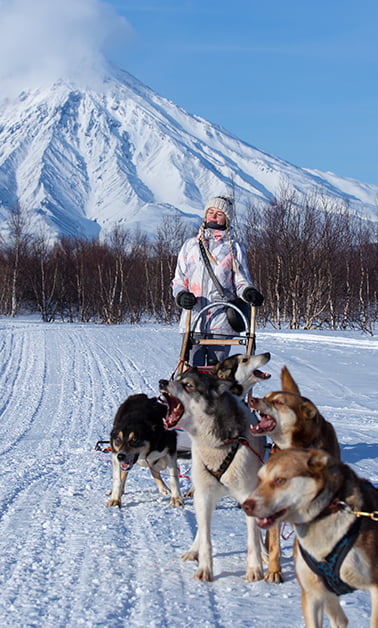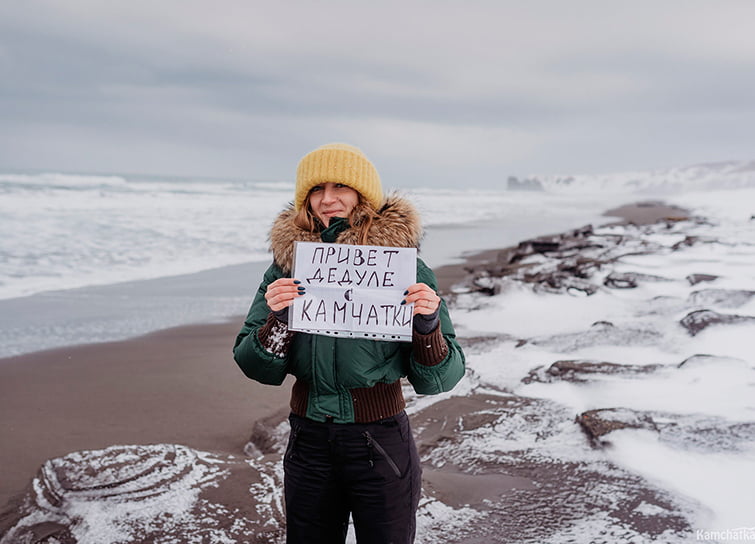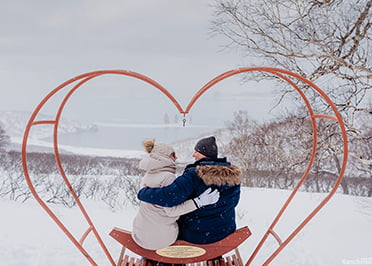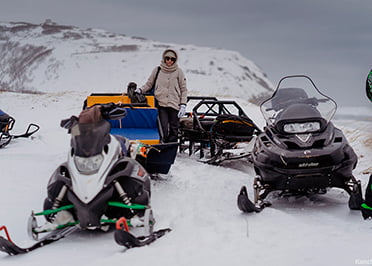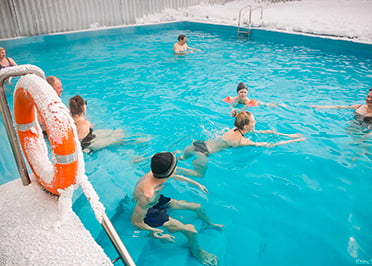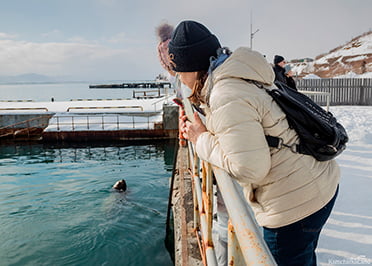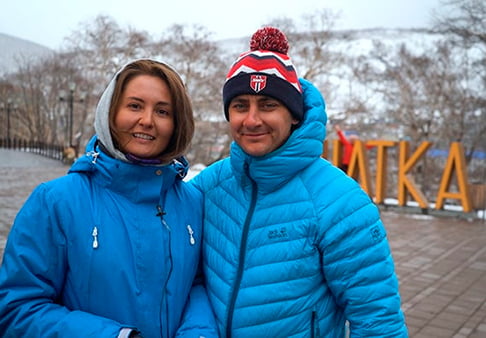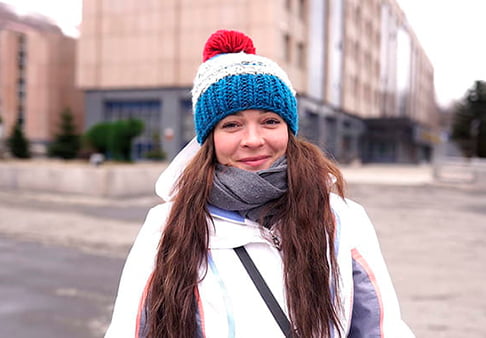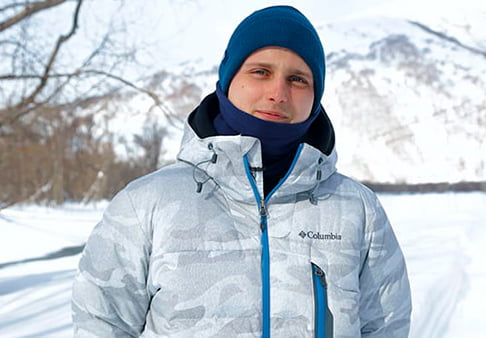Winter in Kamchatka
With professionals
Winter Kamchatka is a place, where the roads end and freedom starts. It is where you can feel the power of nature and meet the unknown.
We invite you to experience a story you will want to tell again and again.
Back to all tours-
january
1group
tours weekly
arrivals -
february
2group
tours weekly
arrivals -
march
3group
tours weekly
arrivals -
april
4group
tours weekly
arrivals -
may
5group
tours weekly
arrivals
Multi-day tours all inclusive
Ready-made programs for your travel and leisure
What's interesting Kamchatka winter
What awaits you in our region from January to May
-
Visit volcanoes in winter on snowmobiles
 01
01
winter volcanoes
Go on a snowmobile or modified jeep with an experienced guide. See active volcanoes up close. Experience the power of nature in its pristine form.
Spend time with like-minded people. Create memories with people who share your interests.
-
Bathe in thermal water
 02
02
thermal water
The thermal pools at hotels in the Paratunka resort area truly offer a unique combination of natural properties and opportunities for relaxation and rejuvenation.
Not only do they enrich your health, but they also become a place where you can leave your everyday worries behind and enjoy the beauty of Kamchatka.
-
Enjoy seafood
 03
03
seafood
On tours, in hotels and city restaurants.
Taste the unique cuisine of Kamchatka. Treat yourself to local dishes full of flavor.
-
Be amazed by the Pacific Ocean
 04
04
Pacific Ocean
The Pacific Ocean in Kamchatka represents a unique combination of natural resources and cultural heritage.
Indigenous peoples traditionally live off fishing, and the ocean is a source of life for them and an important element of their culture and way of life.
Photo gallery
Kamchatka winter
Video - reviews
Emotions of tourists who have already traveled with us.
View all reviewsQuestion - Answer
-
What is the temperature and weather like in Kamchatka in winter?
In winter, Kamchatka experiences a harsh and cold climate, which is influenced by the Pacific Ocean and mountain ranges. Air temperatures during this period can vary significantly depending on the region: on the coast, they usually range from -5 to -15 degrees Celsius, while in the central and northern parts of the peninsula, they can drop to -30 degrees Celsius and below. Despite the cold, winter in Kamchatka is often accompanied by clear weather and a lot of snow, which creates a special atmosphere and attracts fans of winter sports and outdoor activities.
-
How long does winter last in Kamchatka?
Winter in Kamchatka is notable for its length. It usually begins in November, when temperatures remain below freezing and the first snow falls. Cold weather persists until April, and in some areas of the peninsula, winter can last until early May. Thus, the winter period in Kamchatka lasts about six months, which is due to the climate and geographical location of the region.
-
What to do in Kamchatka in winter?
In winter, Kamchatka turns into a real paradise for lovers of active recreation and unique natural experiences. Here you can go on a trip across snow-covered volcanoes, enjoy snowmobiling and skiing. Hot thermal springs become especially attractive against the backdrop of frosty weather, allowing you to relax and recharge your energy. Winter fishing and getting to know the culture of the peninsula's indigenous peoples make a vacation in Kamchatka rich and unforgettable.
-
What clothes should you take with you on a winter tour?
When going on a winter tour to Kamchatka, it is important to carefully choose your clothing so that you feel comfortable in the harsh climate. It is necessary to give preference to a layered system: thermal underwear, insulating layers, and windproof outerwear will help you stay warm and protect you from strong winds. Special attention should be paid to high-quality winter footwear with good thermal insulation and non-slip soles, as well as warm socks, gloves, a hat, and a scarf. Clothing should be comfortable, moisture-resistant, and designed for long periods of time outdoors so that nothing prevents you from enjoying the beauty of winter Kamchatka.
Available flights during the winter season
A plane ticket is the first step toward new adventures.
Winter flights to Kamchatka are often particularly advantageous for travelers who want to explore this unique region of Russia. During this period, demand for flights decreases compared to the summer, allowing airlines to offer attractive prices and special promotions.
By planning your trip in advance and keeping an eye on airline deals, you can save a lot on your flight and pick the dates and routes that work best for you.
Write us
To book a tour or get advice about traveling to Kamchatka, write us through this form. A manager will reply to your request shortly.
Igor
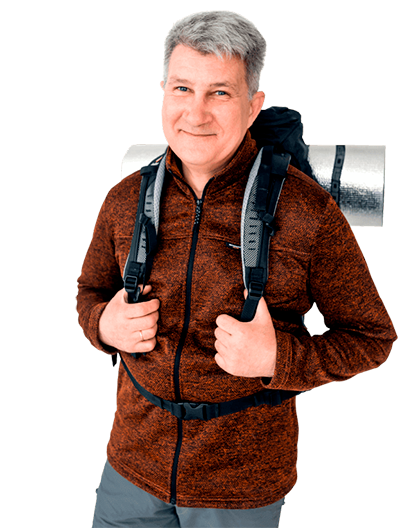
How tours are organized in Kamchatka in winter
Winter in Kamchatka takes half of the year - 5-7 months. At this time there are not as many visitors as in summer, so tours and airplane tickets are much cheaper. At the same time, the main routes are open as in summer, nature is no less picturesque, and hiking is replaced by winter fun.
What to see and do
Most of the interesting places on the peninsula are still accessible in winter. For example, helicopters continue to fly to the Valley of Geysers, for which Kamchatka is famous. And some points are even easier to reach if you go by snowmobile. Besides, you can pay more attention to museums and culture of indigenous peoples. And you can get acquainted with the peninsula's wildlife in winter: although the bear, the master of Kamchatka, sleeps sweetly, it is interesting to observe sea lions, reindeer, sea birds and ride sled dogs.
Here is just a partial list of things to do in winter in Kamchatka:
Explore volcanoes. You can admire the nearest to the city giants Avachinsky, Koryaksky, Vilyuchinsky from the passes. Or climb the active Mutnovsky and Gorely and study their smoking craters.
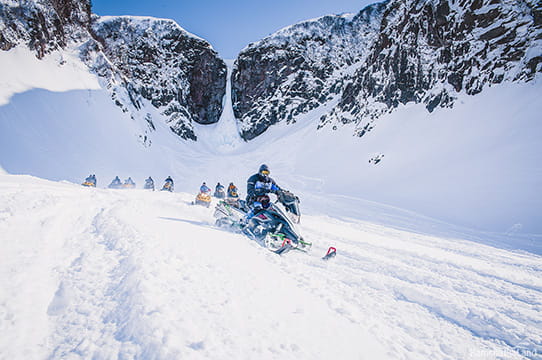
Walking on the Pacific coast. The easiest way to do this is to get to the famous Khalaktyrsky beach or climb to the Mayachny Cape, which offers a panoramic view.
Relax in hot springs. There are a lot of hot baths scattered all over the peninsula - both wild and well-equipped. The most famous are Paratunskiye, Zelenovskiye, Nalychevskiye, Malkinskiye and Khodutkinskiye.
Travel around Kamchatka on a snowmobile. This vehicle can be used to reach almost any point within a couple hundred kilometers and drive as high up the slopes of the volcanoes as possible.
Snowboarding and downhill skiing. Not far from Petropavlovsk-Kamchatsky there are several equipped ski bases, but many people prefer freeride - descent on wild untouched slopes.
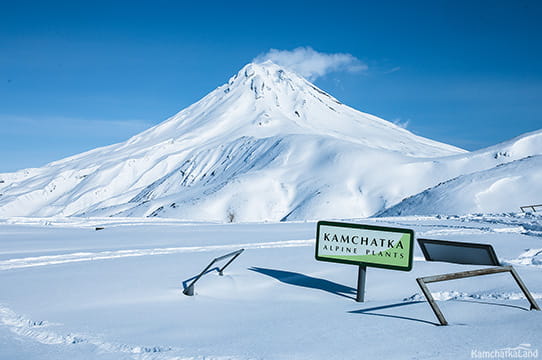
To get to know the culture of indigenous peoples. You can hear national songs, try on fur costumes and taste shurpa in ethno-settlements and camps - there are several of them in Kamchatka. For example, “Kainyran”, “Children of the North”, “Pimchakh”, “Chau-Chiv”. Many of them also offer dog sledding. By the way, the Beringia sled dog race is held on the peninsula every year in the winter-spring season.
Visit museums. Interesting, for example, are the local history and interactive volcano museum “Volcanarium”.
City tour. Walk along the embankment, the central square, see the monuments to navigators and heroes of the city.
Ice fishing. Kamchatka is famous for fish and seafood. In winter season smelt, char, rainbow trout, flounder, Pacific herring are well fished.
Watching Steller sea lions. These big-eared seals have occupied the pier of an abandoned fish cannery in Mokhovaya Bay for their rookeries.
Surfing. Yes, even in winter and even if you have never stood up on a board! You can take a masterclass at one of the surf schools on Halaktyrsky beach.
As you can see, Kamchatka will not let you get bored in winter. Many of these activities are included in the programmes of our winter-spring tours.
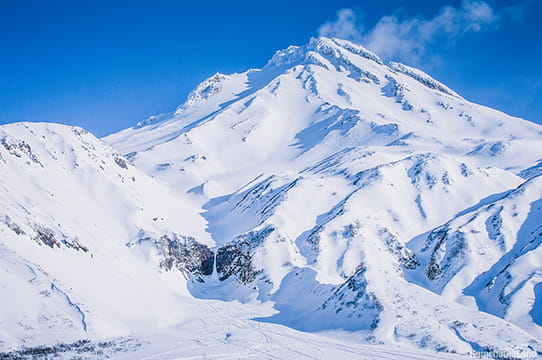
Weather
Winter in Kamchatka starts in November-December and lasts until May. It is mild and snowy, but very changeable. A sunny afternoon can turn into a blizzard in a couple of hours, and the air temperature can jump or drop by 10 degrees at once. But in general it is not as cold as many people might think. The average temperature is minus 7-10 °C. Although the further north and closer to the mountains, the harsher it gets - up to minus 30 °C. The south-eastern coastal lands are warm, but windy: in the area of Petropavlovsk-Kamchatsky, winds of up to 10-12 metres per second regularly blow.
The snowiest months on the peninsula are from February to April. At this time snowdrifts grow up to 1.5 metres in height, and in the foothills - up to 2.5 metres. So in Kamchatka you can escape from the average Russian spring slush. Only on the Pacific coast the wind prevents the snow from settling, and instead of the usual whiteness there are black beaches with volcanic sand.
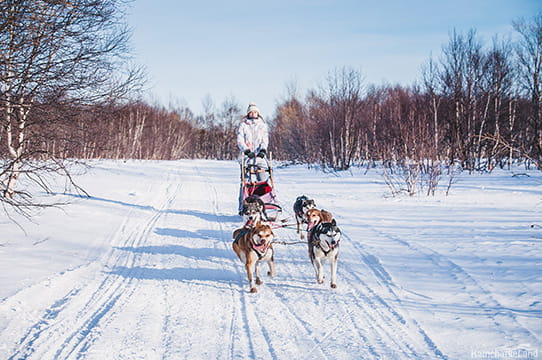
So, what are the peculiarities of winter holidays in Kamchatka?
- lower flight and tour prices;
- fewer tourists;
- major natural attractions are available;
- you can pay attention to cultural tourism;
- and watch the animals;
- The weather is snowy and mild but changeable.
